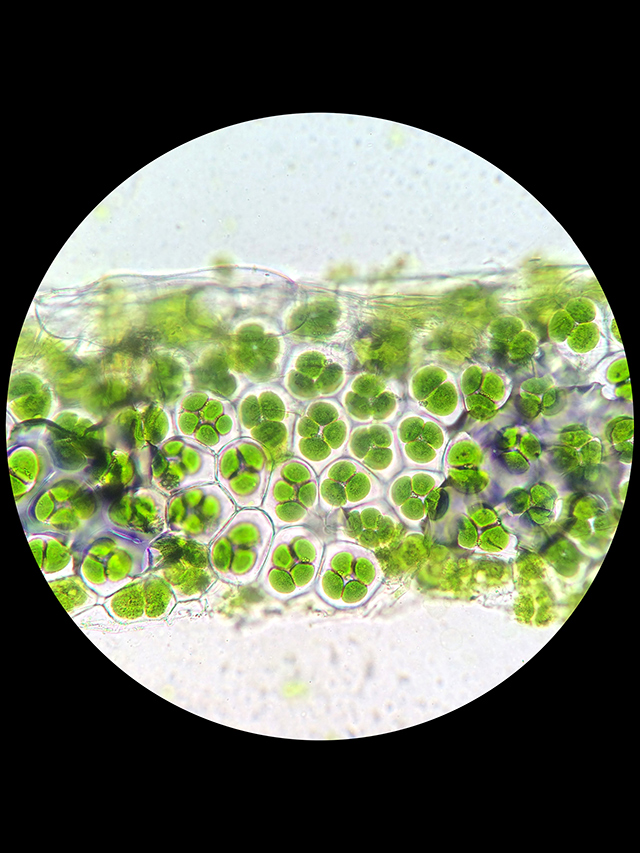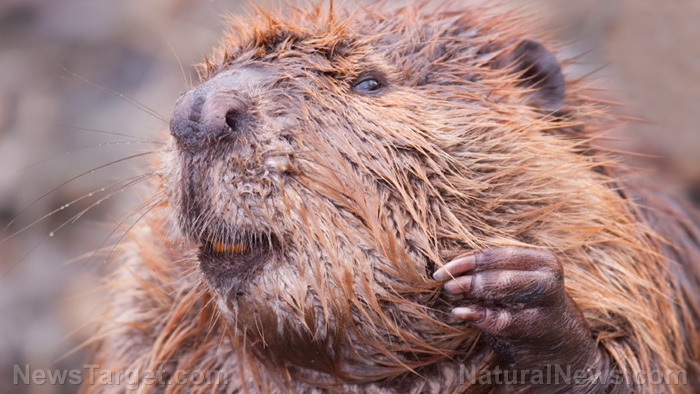Since the dawn of time, various factors have forced animals to evolve so they can improve their chances of survival. But according to an evolutionary biologist, even humans and growing cities are somehow responsible for animal evolution.
During an interview with Simon Worrall from National Geographic, Professor Menno Schilthuizen, an evolutionary biologist, posited that cities act as “powerhouses of evolution.” The professor explained that because of various cities, animals are forced to adapt to their environment at “unprecedented speeds.”
Professor Schilthuizen, the author of “Darwin Comes to Town,” stated that instead of the barren wilderness, thriving cities are responsible for the creation of new species. He added that because of humans, the evolutionary process has accelerated and produced very surprising results.
In the interview, Professor Schilthuizen talked about how urban environments have produced the London Underground mosquito. But despite its specific name, the London Underground Mosquito can be found all around the globe. The new breed of mosquito makes it home in underground environments like basements and subway systems.
It is believed that the London Underground mosquito is unable to interbreed with above ground mosquitoes since it is a whole new species.
Professor Schilthuizen, who is also a professor in biodiversity at Leiden University in the Netherlands, commented, “I think Darwin underestimated the speed [that evolution] can happen, particularly with species that have numerous generations in a short space of time.”
He continued, “Generation time is the evolutionary clock speed, so if you have multiple generations per year you can accumulate evolutionary changes much more quickly than humans can, for example, which have one generation every 20 years.”
Professor Schilthuizen shared that bobcats in Hollywood have changed, unlike those that live north of the 101 freeway. One factor that contributed to this change is fragmentation, which tends to happen in cities.
With urban ecology, humans often construct various barriers, such as roads and highways.
The bobcat population north of Los Angeles is separated by two huge highways that bisect their home. Like the situation that produced the London Underground mosquito, the barriers also triggered evolution that was confined to areas that were isolated from other populations.
In “Darwin Comes to Town,” the professor also discussed how the Hawksbeard plants in small parks can now produce heavier seeds compared to those in open fields. With the added weight, the heavier seeds have better chances of landing in the soil.
Because of urban evolution, great tits (Parus major) are now able to remove caps from milk bottles. Some lizards have also developed stickier feet so they can hang on to buildings. (Related: Scientists look at how human activity has altered evolution in the natural world: The consequences of exploding populations of rats, bedbugs, mosquitoes in cities.)
Human settlements and natural animal habitats
According to a study by researchers from the Goethe University Frankfurt, human activity has forced animals around the globe to abandon their “wild ways” so they can stay close to their habitats.
Study findings revealed that mammals that live in locations with high human activity move about “three times less far than animals in areas isolated from people.”
The pattern was the same in various locations around the globe. It affected all sorts of species, from foxes and red deer in Britain to forest elephants in Africa.
Fences, human settlements, and roads block off the animals’ natural habitat. These obstacles also obstruct the natural migration of mammals, which allows fatal diseases to spread even faster.
Unfortunately, “habitat fragmentation” also affects animals’ ability to find food and shelter. It even affects their mating abilities. This reduced mammal movement also has repercussions for the environment since various plants need mammals to scatter their seeds.
Dr. Adam Kane, the study author from the University College Cork, concluded that earlier studies have already confirmed how crucial the geographical movement of animals in the wild is since it helps animals find “food, water, mates and new habitats to live in.”
Fast facts on the London Underground mosquito
- The London Underground mosquito (Culex molestus/ C. molestus) was first discovered in Egypt during the 18th century. The mosquito then allegedly spread via colonial passages and trade.
- Kate Byrne and Richard Nichols spearheaded a detailed study on the mosquitoes 50 years after the Blitz.
- The London Underground mosquito is a genetic variant of Culex pipiens (C. pipiens) which lives above ground.
- Unlike C. pipiens which mostly preys on birds, C. molestus feeds on human blood (mostly humans and rats).
- The London Underground Mosquito tends to live in underground constructions, and it can also be found in Africa, Asia, and Australia.
Read more articles on how urban environments can influence animal evolution at Environ.news.
Sources include:
DailyMail.co.uk
WorldAtlas.com



















